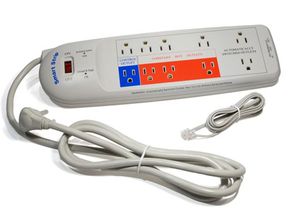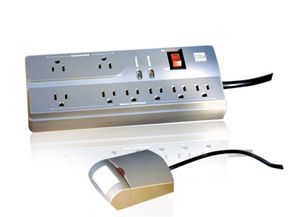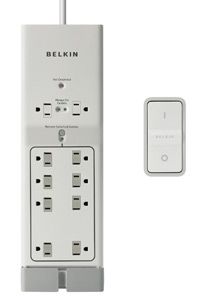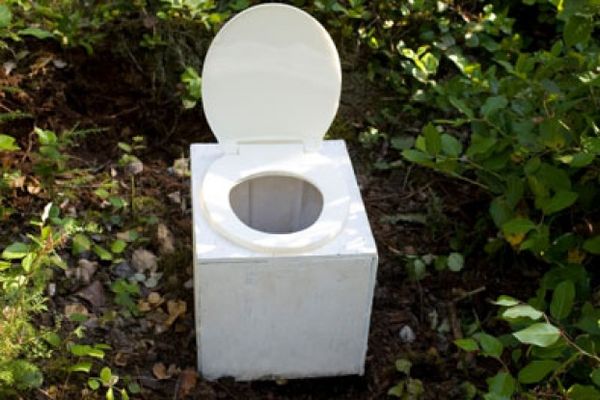Turn off the lights in your computer or TV room, and you'll probably see eyes peering through the darkness. All of those glowing LEDs, clocks and power switches are sneaky electronic vampires. While you can't slay them with a stake through the heart, you might be able to manage these vampires more easily with the help of a smart power strip.
Traditional power strips are an affordable way to expand the number of electrical outlets in your home. But their convenience can encourage you to leave electronics plugged in all the time -- and many devices keep drawing power even when you're not using them. Printers, DVD players, computers and plasma TVs are all examples of products with standby modes that make them convenient to use but suck significant power on the sly. This so-called phantom power drain costs you money, wastes electricity and ups your carbon output to boot.
Advertisement
Smart power strips, on the other hand, work to reduce your power usage by shutting down power to products that go into standby mode. Doing so may save you some serious cash. Statistics vary, but experts say standby power consumption in an average home ranges from 5 percent to 10 percent of your household energy consumption. It can also account for about 1 percent of worldwide carbon dioxide emissions [source: Lawrence Berkeley Nation Laboratory].
You could combat vampire power by continually unplugging your gadgets, but with a smart power strip you won't have to. Keep reading to see which products suit your needs and how they work to make your home electronics more energy efficient.
Advertisement



